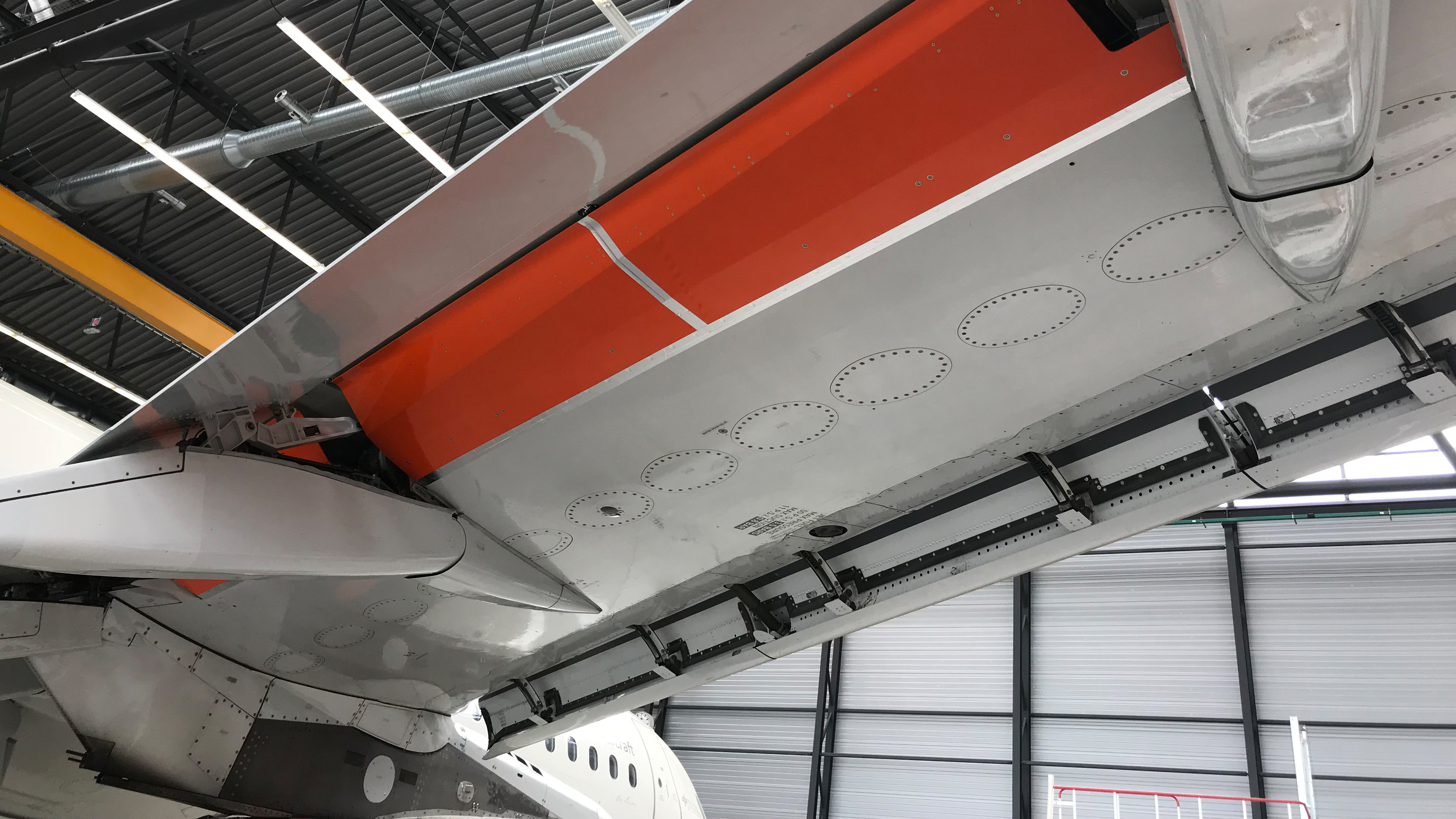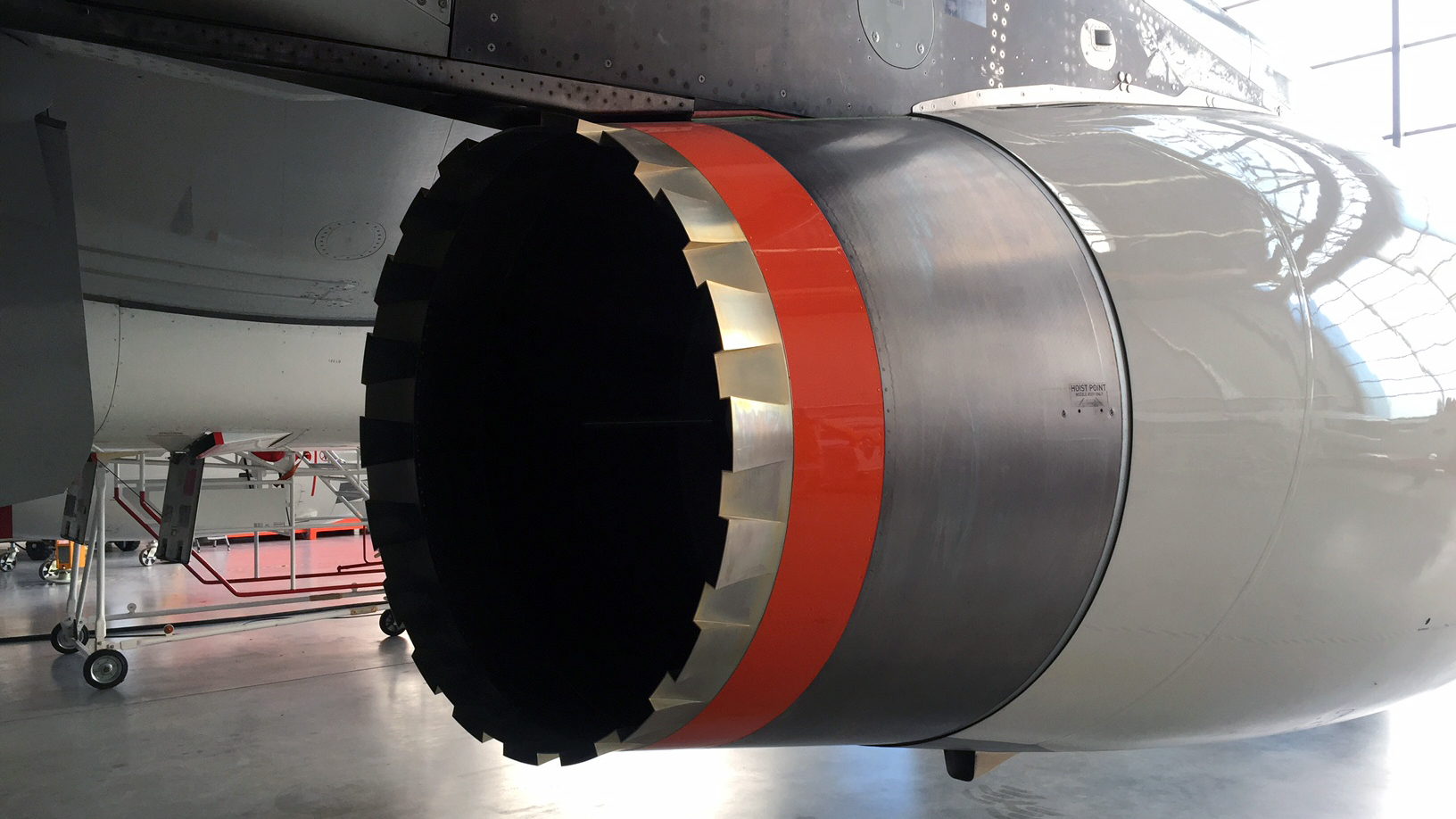German aerospace research centre DLR is testing on an Airbus A320 test aircraft a range of experimental modifications aimed at reducing noise, especially during the take-off and landing phases.
DLR says the project – dubbed "Low Noise ATRA" in reference to the centre's Advanced Technology Research Aircraft – covers 10 modifications, variously intended to avoid steps and gaps in the twinjet's high-lift system and landing gear and to improve the exhaust assembly of the International Aero Engines V2500 powerplants.
Noting that the modifications are at the prototype stage, DLR says the equipment has been designed to provide retrofit options that can audibly reduce noise on in-service aircraft.
The research centre describes aircraft noise as "one of the most urgent" issues in aviation and says reduction measures can deliver improvements in the short to medium term, while development and wide deployment of new, quieter aircraft typically takes more than a decade.
A range of partners were involved in the development of the individual modifications.
With Safran, DLR created a main landing gear fairing and wind deflector for the wheel brakes.
The nose landing gear was fitted with a different deflector for the area between the wheels and a panel to cover gaps between the landing gear's taxi lights.
In co-operation with Airbus, DLR developed "porous" side edges for wing flaps and slats, to reduce gaps between the aerofoil segments.

DLR
The team also installed panels on the lower wing surface to cover exposed areas just forward of the flaps, when the high-lift devices are extended.
A new, stepped engine exhaust nozzle design has been installed to test potential noise reduction during take-off.

DLR
DLR was due to conduct flight tests with the modified aircraft at Magdeburg-Cochstedt airport between 19 and 21 September.
Having conducted flight tests with the unmodified aircraft at the same airport in 2016, DLR says the trial will enable detailed analysis of the noise-reduction measures' effectiveness.
DLR notes that several of the modifications were developed under a research project – part-funded by the EU – named AFLoNext, which stands for active flow-loads and noise control on next-generation wings.
Source: Cirium Dashboard


























